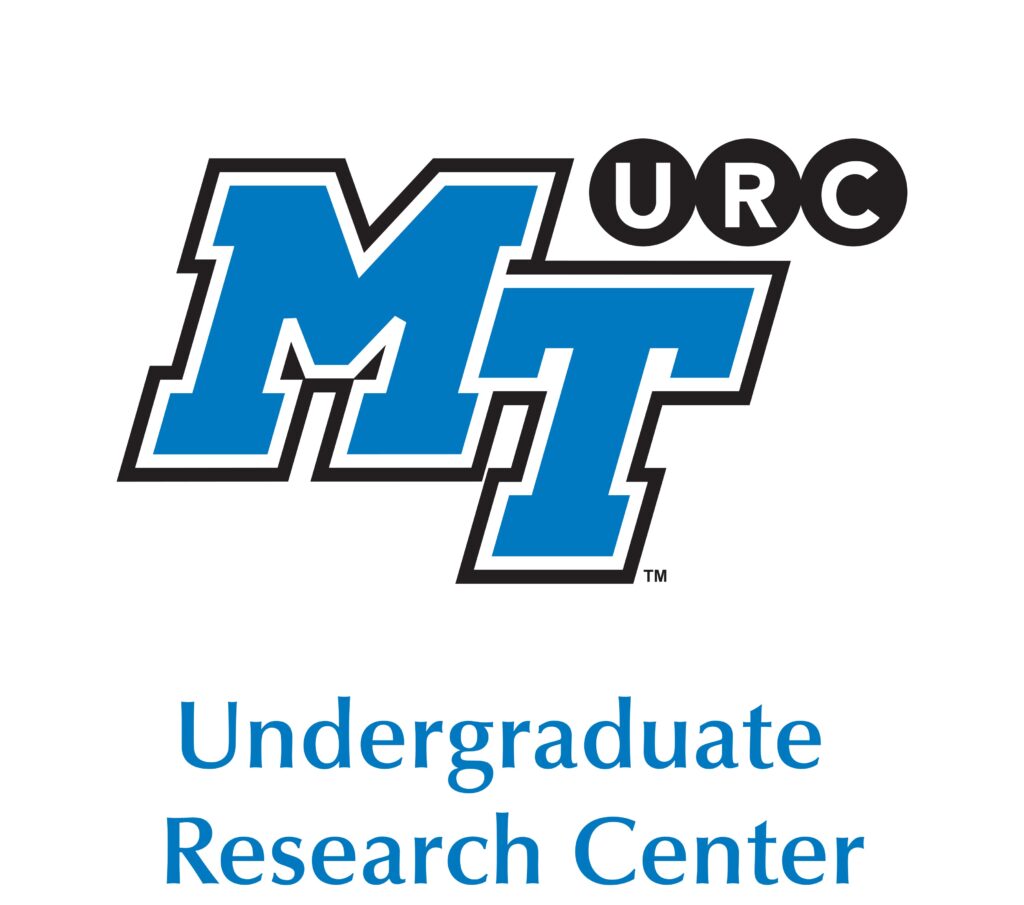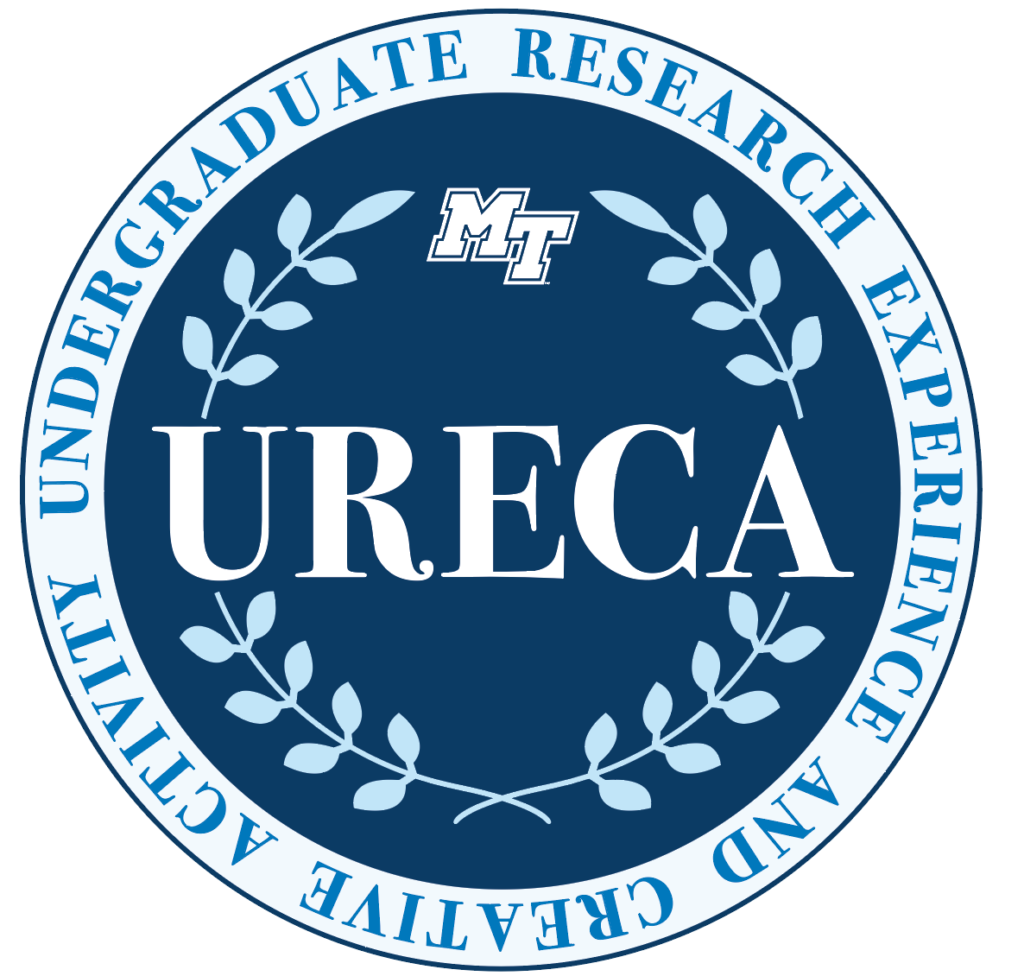Undergraduate Research Center
SOAR Member Profiles

Muny Chet
- SOAR Position: Alumni; Member
- Major: Chemistry
- Faculty Mentor(s): Frank Bailey
Current Focus: Determining Trophic Movement of Cyanotoxins in an Aquatic System
Project Description
Harmful algal blooms (HABs) occur when large colonies of cyanobacteria overpopulate waterbodies, including rivers and streams, and release cyanotoxins. Cyanobacteria are different from green algae in that many produce harmful toxins, and blooms increase the concentration of these toxins in waterbodies. One of the main focuses of this study is the uptake of the toxin microcystin from water and sediment by aquatic invertebrates and subsequent transfer within a food chain. Aquatic emergent insects develop as larvae in water before emerging into terrestrial ecosystems as flying adults. Cyanobacteria are an important food source for aquatic emergent insect larvae. Lower concentrations of cyanotoxins are known to accumulate within them and potentially transfer from aquatic to terrestrial ecosystems as these insects emerge during adulthood. Riparian spiders, often used as a sentinel species, are dominant consumers of aquatic emergent insects. Web-building riparian spiders in the genus Tetragnatha create webs near water sources such as rivers or streams, and their diet consists of around 78% aquatic sources, primarily emergent insects. It follows that these spiders may be good indicators of trophic transfer of microcystin from aquatic to terrestrial species. Therefore, microcystin found in aquatic emergent insects would indicate that the toxin can bioaccumulate, and microcystin concentrations found within riparian spiders would indicate aquatic to terrestrial transfer of microcystin.Why does this topic interest you?
Cyanobacterial blooms have become increasingly more common as a result of human activity. Looking at microcystin, it is a common cause of bovine death here in Tennessee. On the west coast, cyanotoxin poisoning in sea otters have become more prevalent in recent decades as sea otters consume bivalves which have accumulated these toxins. Humans aren’t safe from these toxins either. The potential human exposure and toxicity of cyanotoxins was illustrated in 1979 in Palm Island, Australia 140 children and 10 adults were hospitalized for symptoms of malaise, anorexia, vomiting, headache, bloody diarrhea, dehydration, and painful hepatomegaly. The patients later developed acute kidney disease and liver failure with elevated serum enzyme levels due to cellular damage. The outbreak was linked to a drinking water reservoir contaminated with cyanobacterium. My research into trophic uptake of microcystin is helpful in understanding the potential of bioaccumulation of microcystin.What are your professional aspirations?
I plan on attending a PharmD program after graduation.Do you have any advice for future researchers?
Research is a process that involves a lot of patience and attention to detail. It is important to be consistent and trust the process. Extensive literature reviews, difficult field sampling trips, and long hours in the lab should be expected. Never forget that you are contributing to a vast field of knowledge, and every contribution makes a difference!

Fall URECA Deadline
Thursday, September 4th at 4:30 pm

Contact us
Jamie Burriss, Ph.D., Director
(615) 494-7669
Jamie.Burriss@mtsu.edu
Casey Penston, Coordinator
(615) 494-7614
Casey.Penston@mtsu.edu